Bond, James Bond: 8 Things You Maybe Didn’t Know about ‘Dr. No’
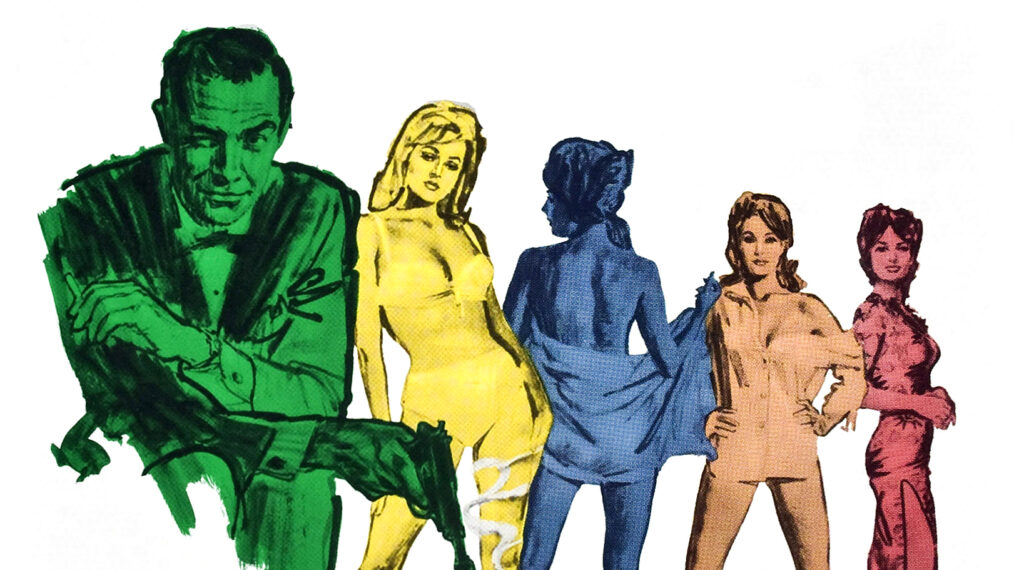
Upon its 1963 release in the U.S., it’s unlikely many people were expecting Dr. No to change the course of film history, but that’s precisely what the first film in the James Bond series did. Produced for just over $1 million, it grossed nearly $60 million and launched a franchise that is still going strong (No Time to Die, Daniel Craig’s final outing as Bond and the 27th movie featuring the character, made $774 million worldwide last year). It all started with Ian Fleming, film producer Henry Morgenthau III and a failed tourism campaign. Here are eight things you (probably) didn’t know about Dr. No.
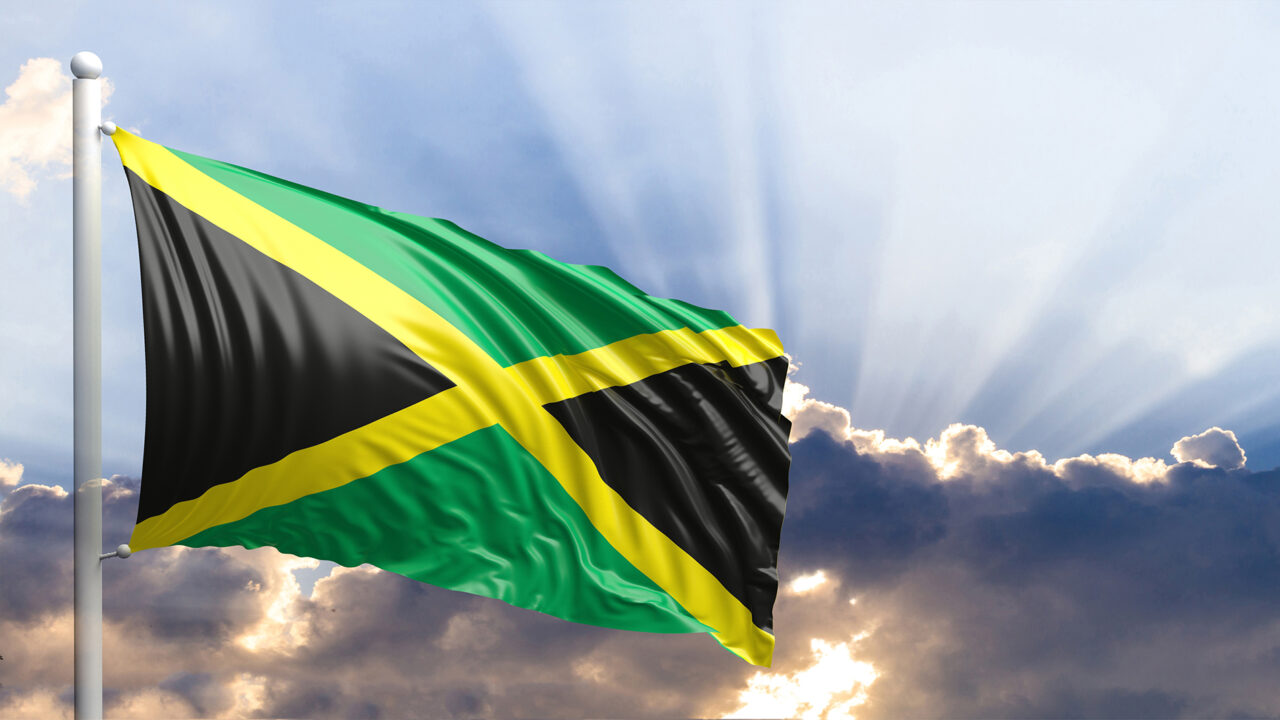
Morgenthau made a deal with the Jamaican government, which wanted the island to become a major production center. In 1956, Fleming wrote him a pilot, called James Gunn — Secret Agent, intended to promote tourism in Jamaica. When the project fell through, Fleming reworked the 28-page script into the novel Dr. No, resurrecting Bond, who’d been left for dead at the end of the previous novel, From Russia, With Love. Hollywood was immediately interested in the film rights.
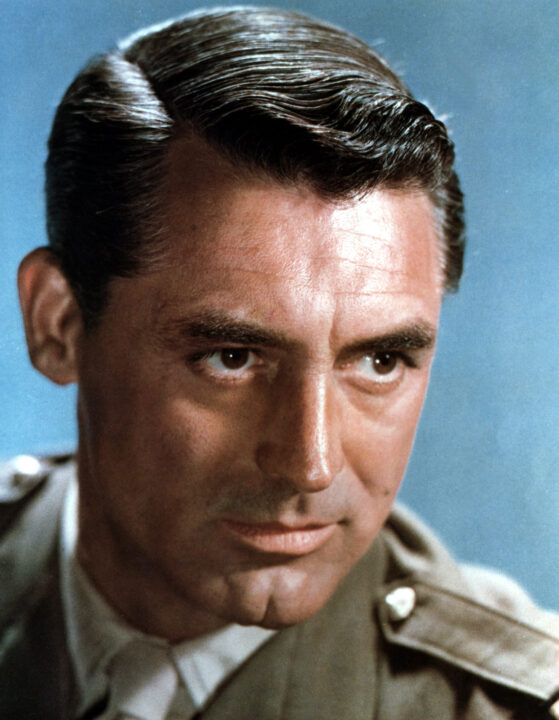
Everett Collection
Sean Connery was not the first choice to play Bond. Many other actors were considered, including Cary Grant, but since he would only commit to one film, the producers dropped the idea of casting him. David Niven and Patrick McGoohan were rumored to be up for the role. Lesser-known actors who were reportedly approached included Richard Johnson, Richard Todd and Edward Underdown. The 31-year-old Connery ultimately signed a five-picture deal.
Whereas No Time to Die had a $250 million budget and vast resources, Dr. No had to cut corners during production. Money was so tight that M’s office featured cardboard paintings, the aquarium in Dr. No’s base used magnified stock footage of fish, and when art director Syd Cain learned his name was not in the credits, he got a golden pen from producer Albert R. Broccoli because there wasn’t enough money to remake the credits.
Its U.S. rollout was low-profile, a far cry from the big deal the Bond movies would become. It debuted in early May 1963 in 450 theaters across the Midwest and Southwest. A few weeks later, when Dr. No opened in Los Angeles, it was part of a double bill with The Young and the Brave, about a group of prisoners escaping North Korea.
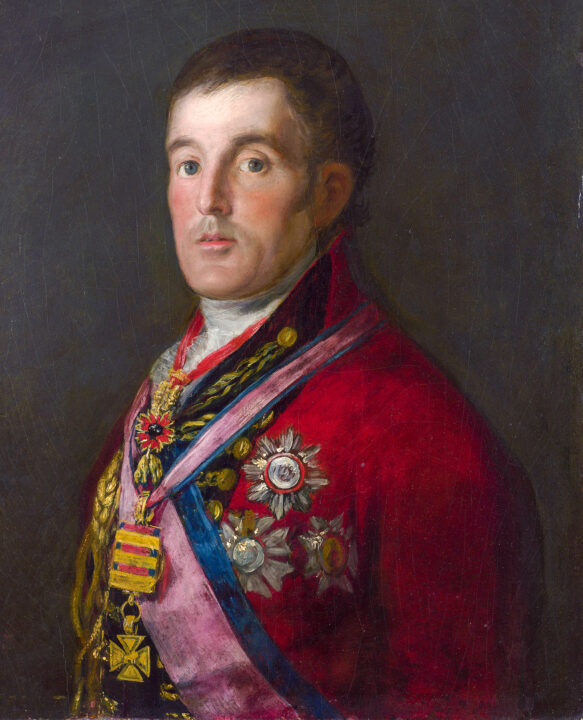
Public Domain
Production designer Ken Adam thought it would be fun if Dr. No had stolen art in his home. Goya’s portrait of the Duke of Wellington had just been stolen from the National Gallery in London, and was still missing. Adam got a slide from the museum and painted a fake over a weekend, just before shooting began. The fake was also stolen while on display for publicity.
The music for the opening scene is a calypso version of the nursery rhyme “Three Blind Mice.” The lyrics were adjusted to reflect the intentions of the three assassins hired by Dr. No.
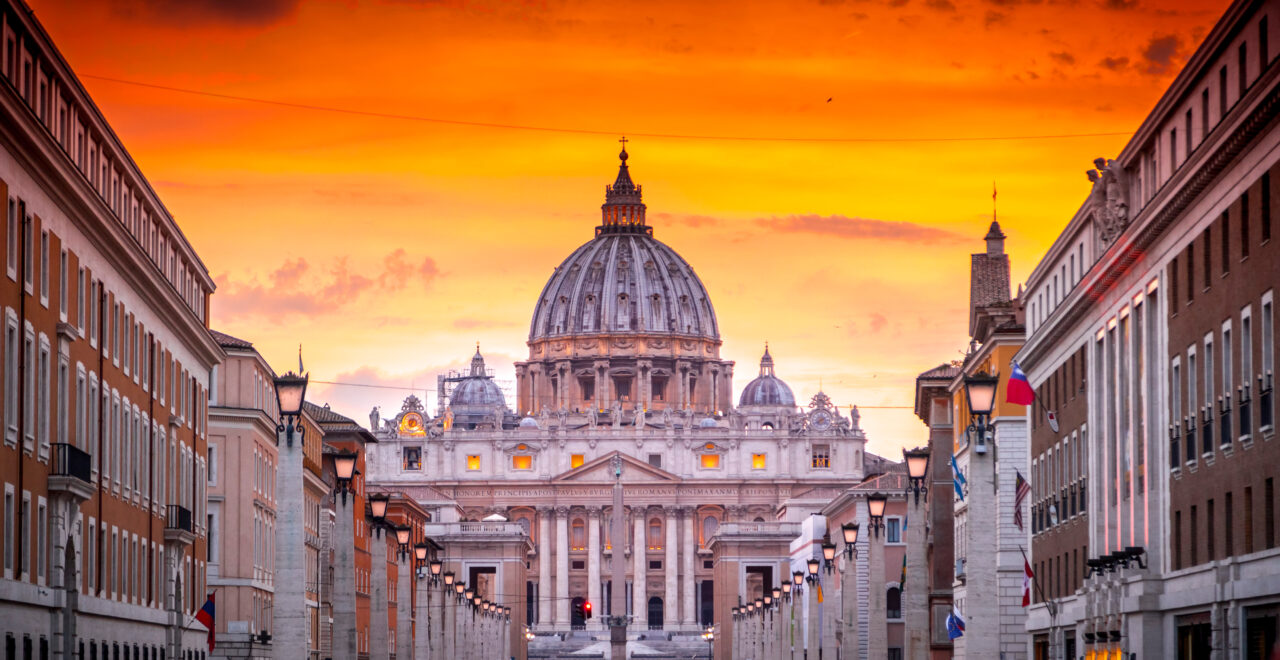
Adobe Stock
Two of the movie’s harshest critics were the Vatican and the Kremlin, which ultimately served to increase awareness and ticket sales. The Vatican condemned it as “a dangerous mixture of violence, vulgarity, sadism and sex,” while the Kremlin decried Bond for being the personification of capitalist evil.
Frozen crabs prevented the filming of a scene that was taken from the book. Honey Ryder (Ursula Andress) was tied to the ground and left to be attacked by crabs, but they were sent to the set frozen and barely moved, so the scene was altered to have Honey slowly drowning.
